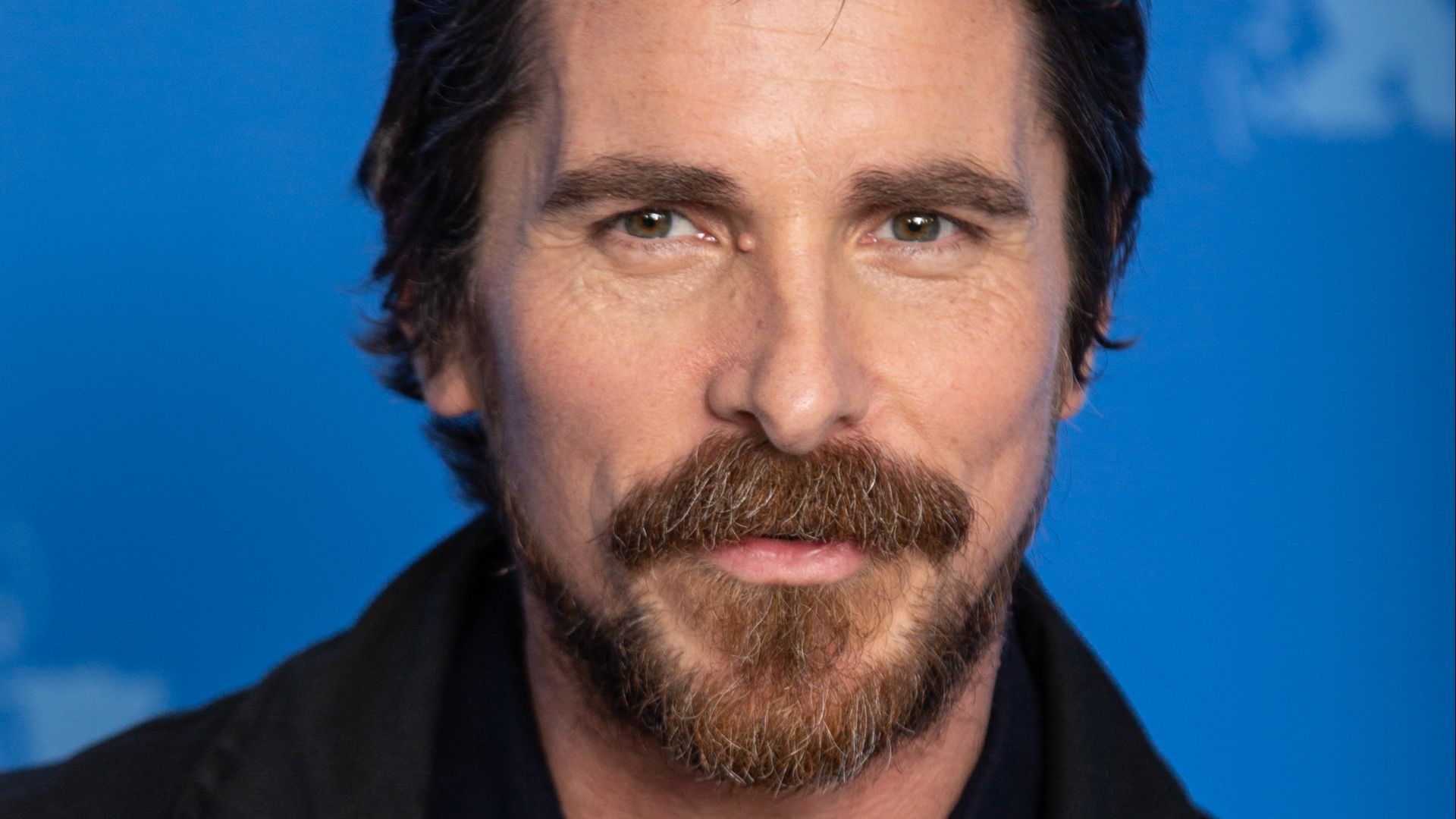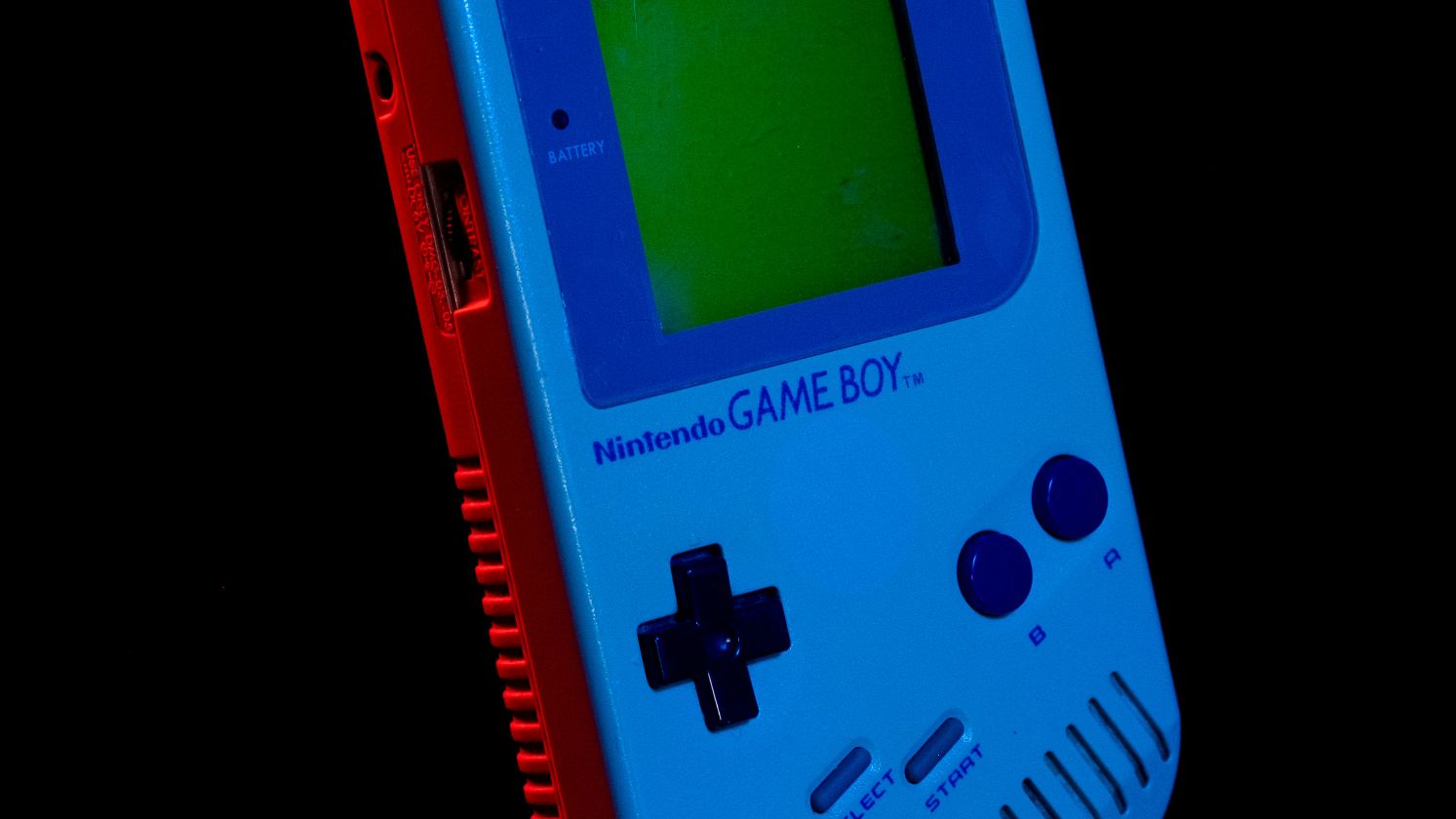This Studio Ghibli Film Got Swept Under the Rug, And Its Actors Are Tired of It
This Studio Ghibli Film Got Swept Under the Rug, And Its Actors Are Tired of It
Howl’s Moving Castle Deserves Its Moment in the Sun
For most people, Studio Ghibli means Spirited Away or maybe My Neighbor Totoro, if you had a VHS copy lying around. If you happened to have a dark streak as a child, Princess Mononoke might have resonated the most for its more mature themes. But tucked smack dab between those giants is Howl’s Moving Castle, ostracised like the sibling with the fewest photos in the family album. This hauntingly beautiful film never quite got its due, and the people who brought it to life are quite frankly tired of it being treated like a footnote.
Christian Bale, who voiced the enigmatic wizard Howl in the English dub, still calls it one of his favorite works—“a masterpiece,” he said recently. He’d been stopped by a fan, a new father, who’d asked which of Bale’s films he should show his daughter. Bale grimaced, and you could almost see the mental flash of chainsaws, Gotham streets, and sleepless nights from his catalogue—American Psycho, The Dark Knight, The Machinist. And then, smiling, he offered: Howl’s Moving Castle. “That one,” he said.
The Forgotten Middle Child of Ghibli’s Golden Age
Howl’s Moving Castle arrived in 2004, sandwiched between Spirited Away (2001) and Ponyo (2008), the former going on to win an Oscar and the latter providing endless meme material. In Japan, Howl was a hit, but once it crossed the Pacific, it neither resonated with the award-givers nor did it quite capture the cultural zeitgeist. It was whimsical but melancholic, dreamy but political, and lacked the simple hook of soot sprites and a giant cuddly forest god. Those subtleties cost it the spotlight.
The Dub Cast Was a Murderer’s Row of Talent
Emily Mortimer, Jean Simmons, Billy Crystal, and Lauren Bacall are not a cast you’d expect to find in an anime recording booth. And yet, they nailed it. Bacall’s Witch of the Waste had this raspy, almost regal menace while Crystal’s Calcifer—a literal fire demon—was somehow the most human of them all. Bale, meanwhile, played Howl with the kind of controlled chaos that later defined his career. It’s as if Bruce Wayne were dabbling in existential dread, only in a feathered coat instead of a batsuit.
More Than a Fairytale
At its surface, the film follows a young woman, Sophie, who is cursed by the Witch of the Waste to occupy an old woman’s body. Beneath that plotline lies a resonant meditation on aging, beauty, and the futility of war. It’s soft and strange in the way only Hayao Miyazaki’s films can be, weaving a story about love and identity through talking fires and walking houses.
Why The Overshadowing Still Stings
Years after the film was released, fans are only just now discovering Bale’s role in the film, which alone says everything you need to know about the film’s reception. “Wait? He was Howl?!” even trended on Twitter for a day. Reactions have ranged from disbelief to outright guilt. Spirited Away became a cultural touchstone, while Mononoke emerged as a symbol of Ghibli’s edge. Howl’s stayed in that quiet in-between, adored by true fans but rarely championed in retrospectives.
The Timelessness Everyone Missed
Howl’s Moving Castle is over 20 years old, but it hasn’t aged a day. Its animation still glows like a living oil painting, and its message about compassion in a world consumed by pride and war might hit even harder now. And maybe, in a way, being overlooked is part of its charm. Like Howl himself, the film is a little elusive and misunderstood.









